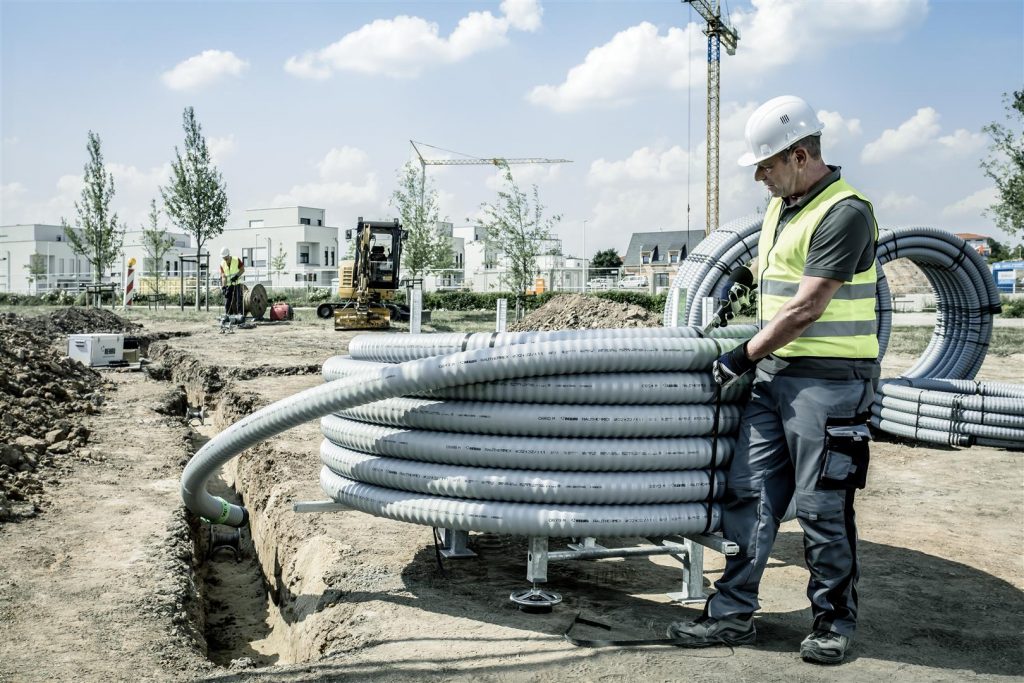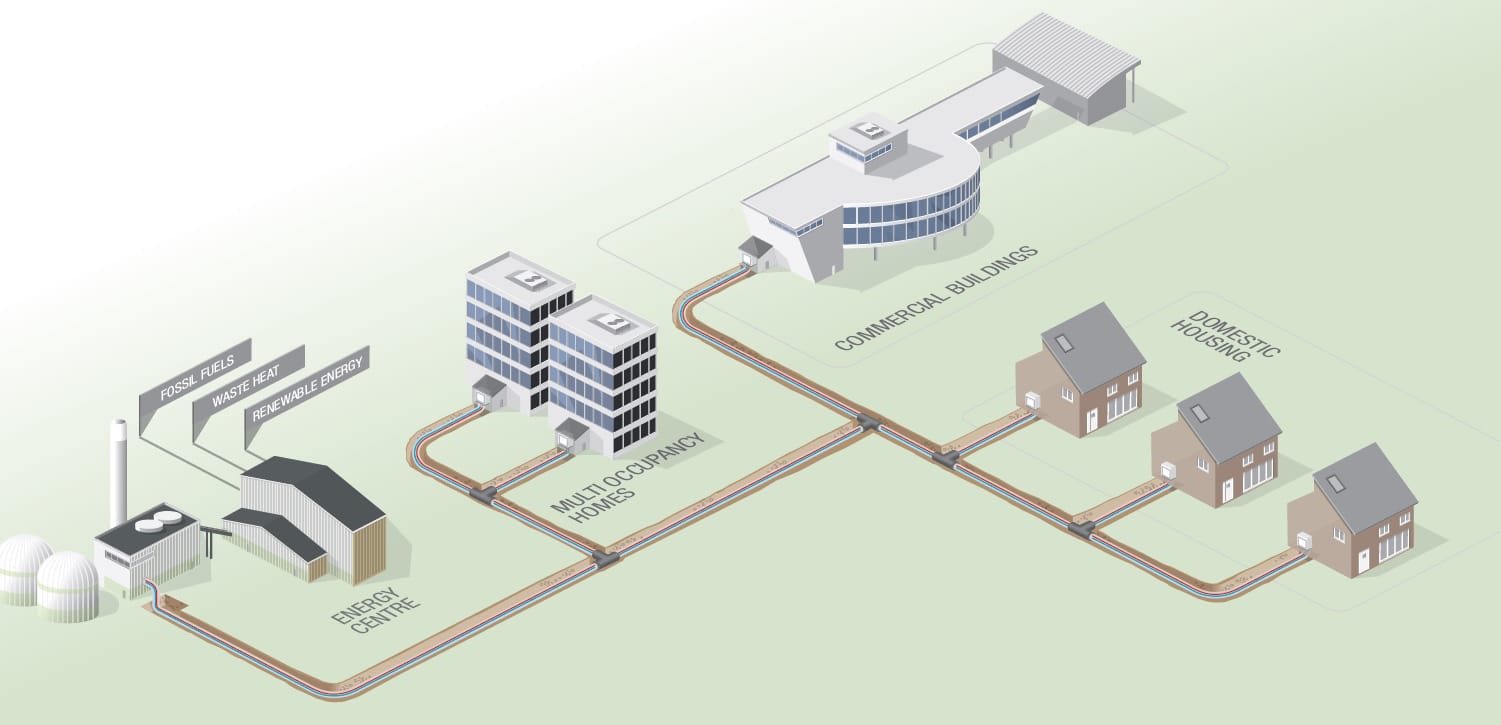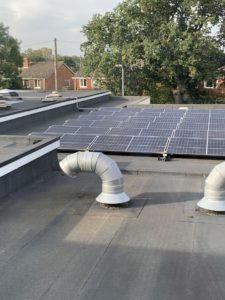We’re delighted to welcome another expert to our ‘Guest Post Series’ – today Steve Richmond, Head of Marketing and Technical at REHAU, is talking to us about how district heating could help us hit UK decarbonisation targets.
In order to reach our zero carbon target by 2050, we need a massive change in how we heat our buildings in the UK. There is a great debate in the heating industry about the best way forward, but it is generally accepted to be a combination of heat pumps, hydrogen and district heating.
New to district heating? Think of it as having one large centralised heat source supplying heat to many different buildings via an underground insulated pipe network.
District heating is still in its relative infancy in the UK (ca 2% of heat supplied). However, it is starting to grow with government funding (from HNIP).

There is a growing realisation that many of the recently installed systems are using fossil fuels: in fact, over 90% of current networks are doing so (according to BEIS). The Budget 2020 reflected this by firstly showing their support for heat networks in general by confirming the HNIP funding until 2022 and, more importantly, the creation of a brand new Green Heat Networks Scheme (£270 million funding from 2022-2025) to encourage existing gas networks to switch to low carbon alternatives.
Another Budget announcement that could help renewable district heating in the UK is the continuation of support for the Non-Domestic Renewable Heat Incentive (RHI) tariff until 2022. Many rural district heating schemes were installed using the RHI; personally, we feel that rural off-gas areas are often forgotten about when it comes to new heat networks, but in many other countries these are the main communities installing heat networks.
The emphasis now is for new schemes to utilise low carbon technologies whilst also seeing existing schemes transition from fossil fuels to low carbon heat sources.
The most obvious heat sources to use on district heat networks are large scale communal heat pumps (air, water or ground source) or waste heat sources. We at REHAU have already seen a strong trend towards these options in recent projects we are working on.
Another effect of moving to low carbon sources is that the operating temperatures of 4th and 5th generation networks could be anything from 20-60°C, whereas recently installed heat networks (of the 3rd generation) have been operating at flow temperatures such as 80-110°C.
Reducing the temperatures has two major benefits: one is the heat losses are far lower for the network itself. Secondly, it allows polymer pipes to be used instead of traditional steel pipes. Polymer pipes offer significant installation savings due the flexibility, long coils and no welding requirement and capital cost is often a barrier for new heat networks. Steel pipes are also more prone to corrosion, leading to expensive civil work to replace them.
With the public attitudes on the need to act on climate change growing by the day, it is a perfect opportunity for low carbon district heating to establish itself as one of the main options for decarbonising our heat sector. The trend to lower temperature networks will improve the efficiency of new and existing networks to further reduce carbon emissions. There is no silver bullet to decarbonising heat but district heating will clearly be at the forefront as it’s a proven technology across Europe.




















